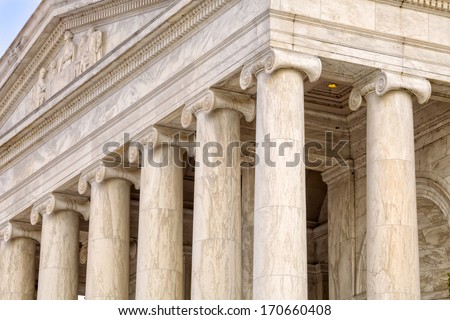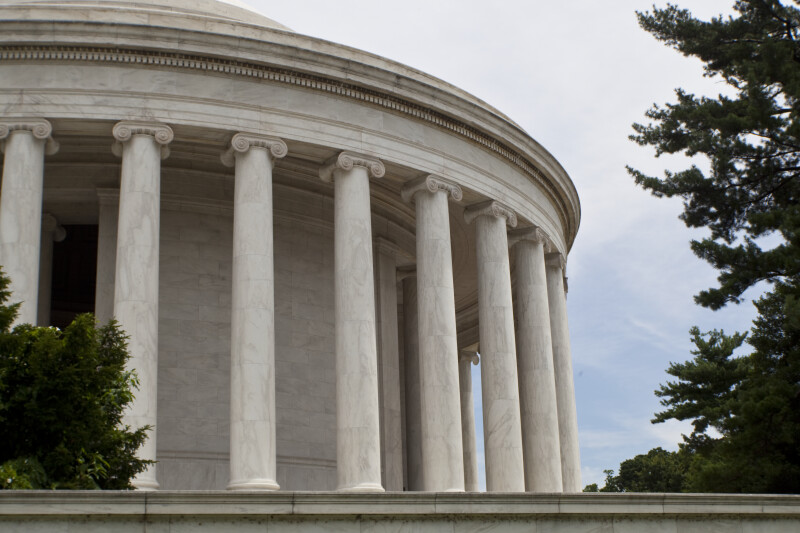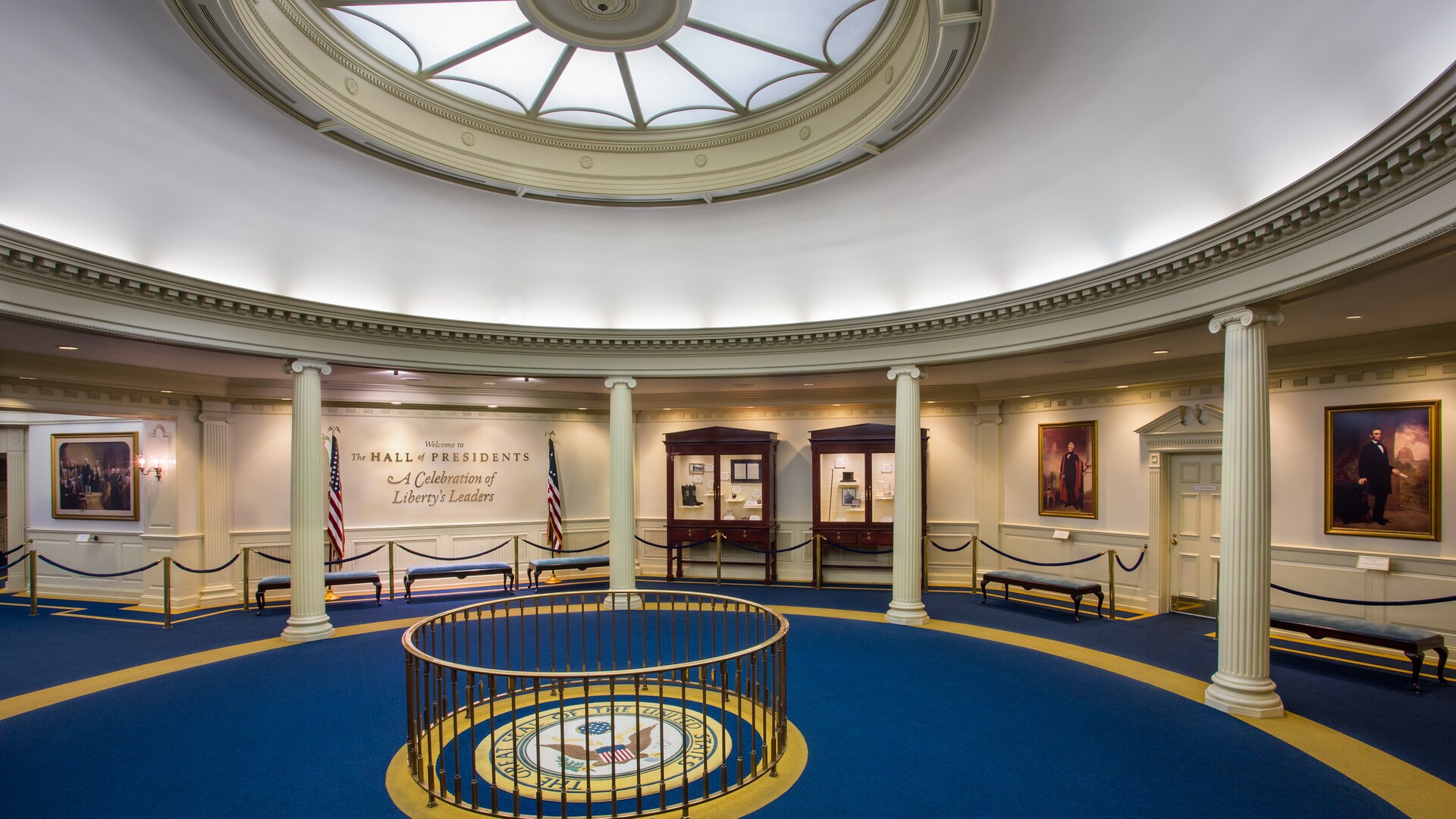I was just observing. They were your words, not mine. At one point you essentially told somebody with considerable knowledge in this field that themed design is not an artistic medium because it's in a theme park. This is not only patently untrue, but is also quite insulting to thousands of artists who have chosen this as their medium. Your only response to very reasoned postings regarding the design choices in this art has been to shrug and say over and over that you don't care.
So, what exactly would you like for us to discuss in this thread? The art is basically all we have at this point, but you seem to think that we shouldn't be allowed to discuss it if we take issue with it.
See, it really annoys me when people take what you say and then draw their own conclusions from it. I don't think you were "observing;" I think you were assuming and reading into what I'm saying. I take some offense to that.
I never said what anybody should or should not discuss. I am allowed to present my opinion, whether agreeing or disagreeing. So is everyone else.
And no, it's not "patently untrue;" you disagree with my opinion.
It's. Not. Art. That's my opinion. It's a commodity. Giving someone the instruction to create a French storefront is not art. It's an assignment. It must meet certain criteria based on the needs of the business. I've never heard of common storefronts considered "art." Are there artistic elements? There can be. Are there creative elements? There can be. Is it something impressive that few others can do and may end up in a museum or worth a lot of money? No. I've had some fine art training (many moons ago.) There's a difference between commercial art such as package design, etc., and fine art such as painting, etc., and architecture.
My opinion is that some of you guys elevate this stuff to a level it does not merit. A theme park will always be a theme park. A fast food restaurant will always be a fast food restaurant, even if it has amazing architecture, design, or even food.
That's my opinion and you can all disagree as much as you want; that's fair.
Yes, plenty of thought goes into design and ideas. I get it. I don't think that makes it art.
Again, some elements are artistic; sure. You can't make something look like Snow White if you have no artistic ability.
But this was designed to be a park for families to hang out, not to be some genius key to the universe and perfection.
Have standards. Yes, of course. And they do. Customers holding a company to their standards is arbitrary. And my opinion is if you feel that strongly about it, go work for the company and try to change things to how you think they should be done. Otherwise: a company is putting out a product. Consume it or don't. Make a constructive suggestion or observation here or there. Don't tell them they're doing it wrong - it's their prerogative to do it however they want.
Above all, though, we have zero to go on here but a drawing. Nothing has been built. Therefore, all this critique is hypothetical and pointless, especially since (presumably) none of us here are decision makers. So no matter what, if any, consensus is reached here, it's all "academic."
You do you. If I think you sound a little out there, I might say so, as might others. Feel free to say the same. It's a free country.
As far as the credentials of individual posters: that is not made clear here. You could be an engineer or a housewife, or a housewife who is an engineer. Don't expect everyone to know who you are, and if "who you are" is important to you, that's a shame. Nobody is more important than anybody else, IMO; and the people here who act like they are special are the first to put me off. I tend to tune them out or call them out.
I can't believe I even had to get into all this.
Discuss whatever you want, however you want. Don't keep summoning me back if you don't want my opinion. I hadn't been here in some time until someone referenced me for whatever petty reason.






